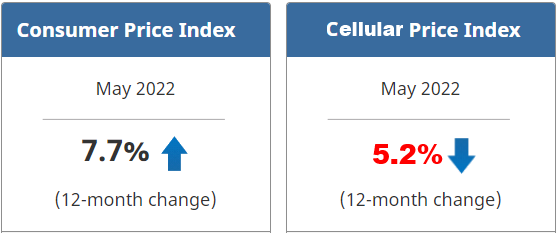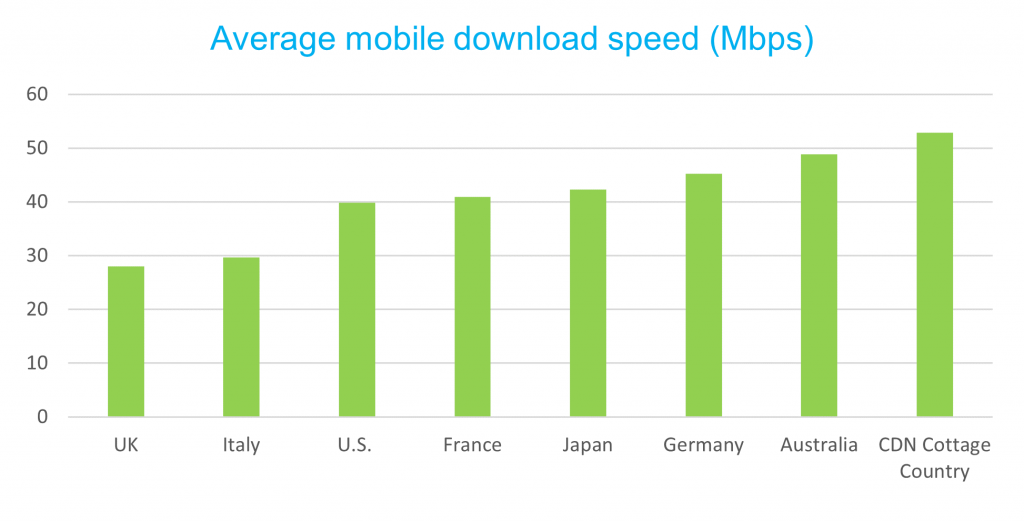Narrowing the gap in internet use
For 20 years, the Pew Research Center has been assessing internet use internationally. In its report released last month, Pew found that Canada continues to be a leader in the proportion of its population online, just as it was in 2002.
Of course, adoption rates have grown dramatically worldwide in the intervening years. In 2002, Canada led all 8 of the studied countries with 68% of the population saying they “ever go online to access the Internet or World Wide Web or to send and receive email”. At that time, the median was just 47% reporting using the internet across eight countries: Canada, South Korea, the U.S., Germany, the UK, France, Japan and Poland. In the most recent survey, a median of 93% among these countries report using the internet.
The most recent study examined 18 advanced economies and Canada ranked fourth with 95% of the population reporting using the internet or owning a smartphone, behind South Korea (99%) and just behind the Netherlands and Sweden with 96%.
I’m especially interested in looking at factors inhibiting adoption among the remaining handful who aren’t already connected.
Pew found that “Internet use varies based on age, education and income. Nearly 100% of young adults report using the internet in every country except Israel (93%).” I’ll note somewhat parenthetically that a contributing factor in Israel’s outlier status is explained by restrictions on internet access set by some religious leaders because of online safety concerns.
How do concerns about online safety, a factor associated with digital literacy, impact internet adoption among the 5% of Canadians who have not yet gone online? As the issue percolates on the policy agendas for a number of western nations, we need to examine how governments can address legitimate concerns without limiting our fundamental freedoms of expression.
And there is the issue of basic digital literacy, helping those who simply lack basic skills to get online. I recently became aware of Appleseeds, a non-profit in Israel that “helps people step into the digital world”. Among its areas of activity is the Digital Lifestyle initiative that “develops programs for members from various communities who are taking their first steps into the world of technology.”
Appleseeds develops programs for Israel’s most marginalized who are taking their first steps into the digital world. We provide these services through a network of Technology Knowledge Centers located throughout the country, in cooperation with municipalities and other partners in the public and private sectors.
For too long, government broadband programs in Canada have focused solely on building access. There are carrier-funded programs in place that deal with ensuring affordable connectivity is available. Unfortunately, too little work is being done to develop skills in going online, or helping develop an understanding of the value of getting connected
It is why the issue of studying (and addressing) the factors inhibiting broadband adoption is at the top of my telecom policy agenda for 2023.



